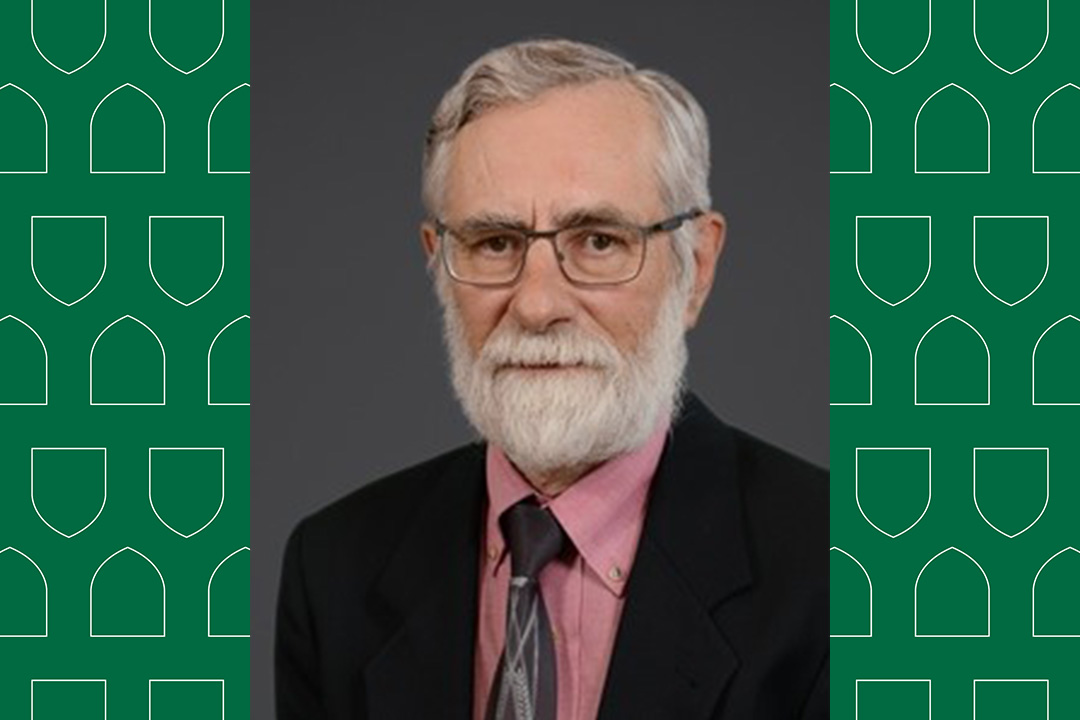
Getting to Know: Dr. Donald Cockcroft
A Q-and-A with Dr. Donald Cockcroft (MD), a Saskatoon-based faculty member in the Saskatoon Division of Respirology, Critical Care and Sleep Medicine.
Can you provide a short description of your background?
Undergrad in physical sciences chemistry/math/physics at the University of British Columbia (UBC). Completed medical school at UBC in 1970, interned at Stanford University in California the following year, three years of internal medicine training at Royal Victoria Hospital (RVH) in Montreal (now part of McGill University Health Centre), followed by clinical allergy training at RVH Montreal from 1973 to 1974, clinical respiratory training in Vancouver the following year, chest allergy research with Dr. Freddy Hargreave in Hamilton, Ontario from 1975 to 1977 and joined the University of Saskatchewan in 1977.
What is your area of research?
Asthma with a focus on bronchoprovocation with allergen, methacholine, mannitol etc. The multicentre AllerGen NCE Clinical Investigator Collaborative has led to many research projects investigating potential new asthma treatments using the allergen inhalation challenge method developed and refined in Hamilton.
Could you tell us about your ‘big moments of research’?
- A widely used creatinine clearance formula developed as a PGY3 in Montreal (Nephron 1976;16;31, cited almost 19,000 times).
- The new documentation that allergen challenge resulted in an increase in non-allergic airway responsiveness indicating that allergen actually "caused" asthma rather than just triggered bronchoconstriction in asthmatics (Clin Allergy 1977;7:503, 1160 citations). This important finding was instrumental, in large part, in improving our understanding of the pathogenesis of allergen-induced asthma (Lancet 1983;322:253).
- The observation that regular use of the inhaled bronchodilator salbutamol (a beta-2 agonist) for several days resulted in a significant increase (almost doubling) in the airway response to inhaled allergen (Lancet 1993; 342:833, 406 citations, JACI 1995;96:44, 148 citations and several others). This is one important factor in explaining observations that use of beta agonist bronchodilators is associated with worsening asthma control.
- Demonstration that the bronchoprotective effect of deep inhalations inhibits the bronchoconstrictive effect of methacholine when administered by one of the common methods (summarized in JACI 2006;117:1244). The result is that the commonly used dosimeter method leads to many “false negative” tests, markedly reducing the diagnostic sensitivity of that version of the test. New international guidelines now recommend that for bronchoprovocation, methacholine should be inhaled by tidal breathing (Coates ERJ 2017;49(5))
Do you have any messages for junior researchers?
My success related in large part to excellent research training and mentorship.
